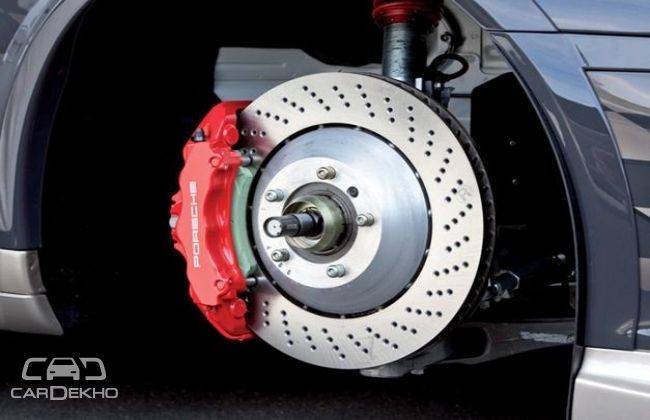Understanding fuel intake systems- Carburetors
Modified On Nov 05, 2014 05:04 PM By Firdaus
- Write a comment
Most modern cars, rather all modern cars in existence today use a fuel injection system to control the fuel-air mixture that goes in the engine. But before fuel injectors came into existence carburetors were used; they’ve been in existence since the time Karl Benz created the first automobile i.e since the late 19th century. Carburetors perform the same function as fuel injectors, but give users the liberty to tweak them and alter the performance and response time of an engine.

Understanding how the fuel intake system works contributes considerably to ones working knowledge of the automobile. This article will focus on carburetors – what is a carburetor and how does it function. Fuel injection systems on most automobiles work in a similar fashion, so this shall contribute to your overall knowledge.
An engine generates power for motion from the fuel-air mixture that burns in it. This mixture is supplied to the engine by the carburetor. The primary function of the carburetor is to mix and deliver an optimal fuel-air ratio to the engine so that it can run properly. If there is too much air in the mixture than fuel, the engine will run lean, which means it will not run properly (because there is not sufficient fuel for the engine to produce the required power); or the engine may not run at all which can also result in permanent engine damage.
On the other hand if there is too much fuel in the mixture than air, the engine will run rich. In this case as well the engine/ vehicle may not run at all (the carburetor will flood), or it will produce a lot of smoke, or will not perform well - bog down and stall; wastage of fuel is another con of running a rich mixture. Hence it is extremely crucial for the carburetor to deliver the perfect fuel-air mix for the healthy functioning of the engine.
How does a carburetor work?
A carburetor is basically a metal tube with an adjustable plate across it called the throttle plate, which controls how much air can flow through the tube. It also has a fuel pipe placed horizontally. The tube is not uniform overall; it rather narrows down at a point. This point is called the venturi and this narrowing creates a vacuum which pulls in the air through the fuel pipe. The narrowing/venturi also has a hole called the jet, which lets the vacuum (created in the narrowing) draw in the fuel.
The carburetor has two swiveling valves above and below the venturi. They are:
1.Choke – This is placed above the venturi and regulates how much air flows in. If the choke is closed it means the venturi sucks more fuel (& less air) creating a rich mixture. This is particularly handy during cold starts.
2.Throttle aka throttle plate – This is placed below the venturi; the more the throttle is open, more air flows through the carburetor and in return it pulls in more fuel from the side pipe.
Higher the quantity of air-fuel mixture in the engine cylinder, faster the engine goes.
But that’s not all; the entire process consists of a little more. A float feeder (more like a mini fuel tank with a valve and float inside) is attached to the fuel pipe. As this chamber (float feeder) feeds fuel to the carburetor, the float level sinks. When it drops beyond a point, a valve is opened which allows more fuel to flow into the chamber from the main gas tank. Once the chamber is full, the float rises again, closing the valve thereby shutting the fuel supply into the float feeder. The float feeder works on the same principle as a flush tank! Imagine that.
To simplify, here is how the carburetor cycle works.
1.Air enters the top of the carburetor from the car’s intake
2.The choke reduces the amount of air entering (during start-up) the carburetor
3.In the centre of the carburetor tube, the air is forced through the venturi, which increases its speed and creates a pressure drop which creates vacuum
4.This vacuum helps suck the fuel from the side pipe
5.The throttle valve swivels to close or open the pipe, thereby dictating the amount of air-fuel mixture that goes in the engine
6.The longer the throttle valve is open; more the mixture is fed to the cylinders
This diagram will help you understand better how the carburetor works.

Next in the series – how fuel injectors work.










